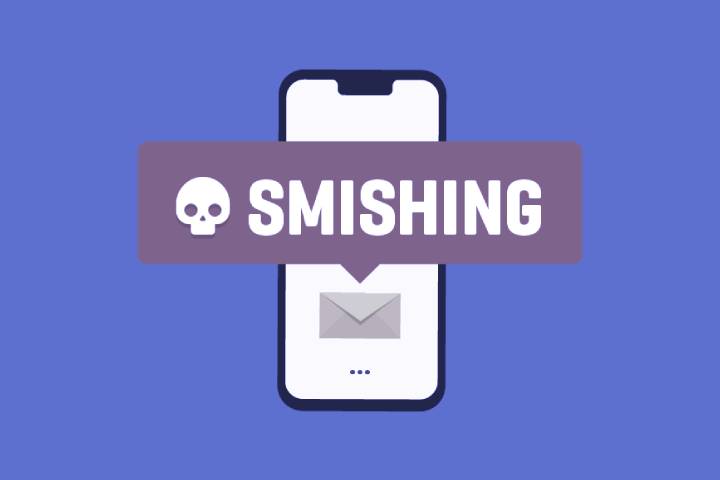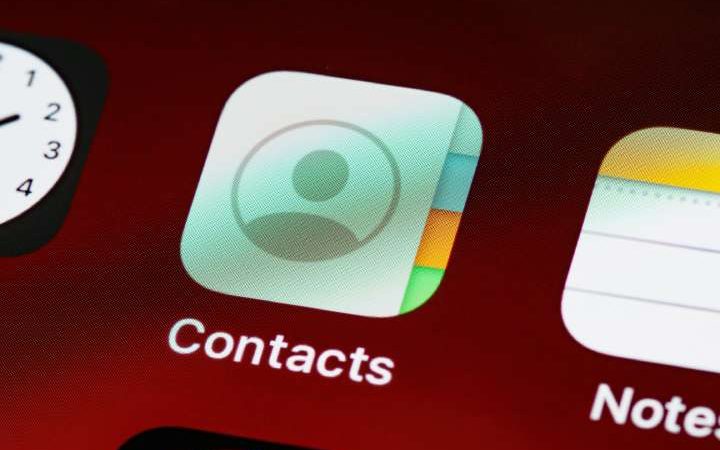What Exactly Is Smishing, And How To Prevent It?

Chances are pretty high that a malicious SMS or text message is headed for your smartphone right now. For example, this message pretends to be from your bank and asks for financial or personal information, such as your ATM PIN or account number. Divulging this information is akin to giving thieves the key to your bank account. Like its close cousin, phishing, this attack is far more common than before — and with even greater success.
Here we look at where smishing came from, why it’s so common, and how to protect yourself from it.
How Smishers Bait Their Victims
What is smishing? Smishing is a term derived from SMS, the Short Message Service – or what we casually refer to as “text messaging.” Text messaging is still one of the most popular smartphone communication methods. Other factors make smishing a particularly insidious threat. While most people are aware of email fraud and the risks involved, they are far more careless when using their cell phones. Smartphones are considered more secure than notebooks…
But smartphone security has limitations, and no mobile device can directly protect the user from smishing. Cybercrime targeting mobile phones has increased proportionately with its mass adoption. This malware focuses on Android-based devices. Simply because there are so many of them. But like any other cyber threat, no one is completely immune from falling victim to a smishing attack. This even applies to iPhone users, although they may feel better protected.
Smartphones offer end users a high degree of flexibility. However, cybercriminals also benefit from this. One of the problems arises from usage habits. Smartphones are mainly used on the go. You tend to be more distracted or careless and react to incoming messages without giving them much thought. A smishing message can be something as innocuous as a coupon.
In most cases, smashers try to steal personal data. But they also trick their victims into downloading and installing malware. The malware can disguise itself as a legitimate app and trick users into entering sensitive information and sending the collected data to cyber criminals. Or the link contained in a smishing message leads to a fake website where you are asked to enter confidential information. Information that cyber criminals later use to steal the online ID in question. Smartphones are also used almost everywhere in professional companies. This means that smishing has also become a serious threat to companies.
How Companies Protect Themselves Against Smishing Attacks
There are several basic recommendations to protect employees and data from smishing:
Find out how well trained your employees are in cybersecurity: Before you do anything, you should know the level of cybersecurity awareness among your employees. For example, conduct a simple survey with specific questions that measure your workforce’s level of alertness to various types of fraud.
Establish clear BYOD policies and restrictions. Suppose employees can use their smartphones at work. In that case, you should establish a BYOD (bring your device) policy that defines clear expectations and guidelines for everything from app usage to cyber threat detection.
Use access control. Not everyone in the company needs to be able to access all files. Limit access to databases, websites, and networks to only those who need access to do their jobs. This reduces potential vulnerability to smishing attacks. Instruct employees to zip files and email them instead of using other, less secure methods.
Allow your employees to learn about potential scams. Ensure your team knows how to report threats and where to get advice about suspicious messages. You need all the help you can get to detect and stop novel attacks.
Inform all employees about possible smishing attacks. If you discover someone is using your business as part of a smishing or phishing scam, notify customers and clients as soon as possible to prevent unwanted data breaches and limit damage to the business. Refer back to company policies regarding requests for account information and permitted methods of communication.
Conclusion
Smishing text message-based scams are not new and are not going away anytime soon. Smishing should be included as one of the priority topics in cybersecurity training. The vast majority of employees use cell phones, either private or provided by the company, to carry out business-related tasks. This also increases the attack surface for smishing. Cybercriminals are constantly looking for better methods or trying to revamp best practices. So it pays to stay vigilant about smishing scams.






